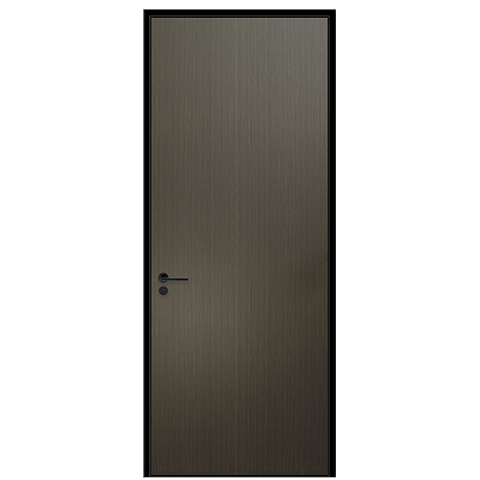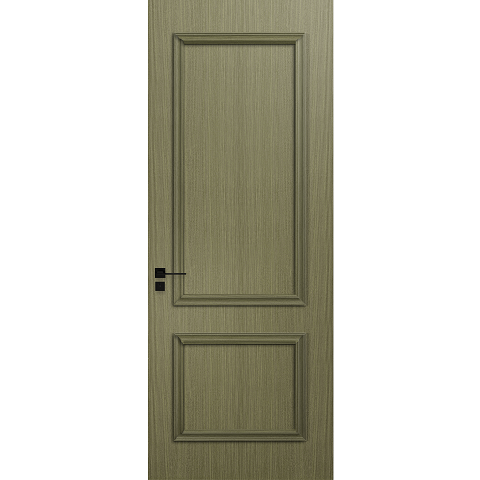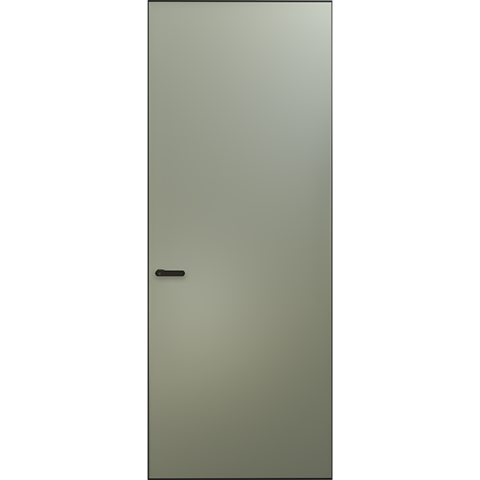The difference between indoor and outdoor application of UPVC profile
The use of UPVC profiles in construction has been increasing rapidly in recent years due to its many advantages, including durability, energy efficiency, and low maintenance. UPVC profiles are commonly used for doors, windows, and other building applications both indoors and outdoors. However, there are some differences in their application and installation depending on whether they are used indoors or outdoors.
Indoor Application of UPVC Profile
UPVC profiles are widely used in indoor applications such as doors and windows for their energy-saving properties, low maintenance, and excellent insulation. UPVC profiles for indoor use have a relatively lower resistance to weathering and UV radiation, as they are not exposed to the same environmental factors as outdoor profiles. Indoor UPVC profiles are usually designed with a simpler profile and smaller chambers, as they do not need to withstand high winds, heavy rain, and extreme temperature changes. The color of UPVC profiles used indoors is also usually white or off-white, as these colors are more suitable for interior design and decoration.
One of the major benefits of UPVC profiles used in indoor applications is that they are easy to maintain. They do not require painting, varnishing or any special coating for protection against weathering, as they are not exposed to harsh weather conditions. They can be easily cleaned with a mild soap solution and a soft cloth.
Outdoor Application of UPVC Profile
UPVC profiles used in outdoor applications such as doors and windows need to withstand extreme weather conditions such as heavy rain, wind, and UV radiation. Therefore, outdoor UPVC profiles are designed with a more complex profile and larger chambers, which make them stronger and more durable. They also have special additives to enhance their resistance to UV radiation and weathering.
UPVC profiles used outdoors are usually colored to match the overall design and color scheme of the building. They are available in a range of colors including white, beige, brown, grey, and black. These colors are more suitable for outdoor use as they are less likely to fade or discolor under the influence of UV radiation and weathering. Darker colors such as brown and black are particularly popular for outdoor use as they can give a more traditional and elegant look to the building.
One of the key advantages of UPVC profiles used in outdoor applications is their energy-saving properties. They provide excellent insulation against heat loss and noise pollution, which can help reduce energy consumption and save on heating and cooling costs.
Installation Differences
The installation of UPVC profiles also differs between indoor and outdoor applications. Indoor UPVC profiles are usually installed using a simple method known as 'direct fix'. This involves screwing or clipping the profile directly onto the frame. Outdoor UPVC profiles, on the other hand, require a more complex installation method known as 'mechanical fixing'. This involves using special brackets and screws to attach the profile to the frame, which provides a stronger and more secure fixing.
Conclusion
In summary, UPVC profiles are an excellent choice for both indoor and outdoor applications due to their many advantages. However, it is important to consider the differences in their application and installation depending on their location. Indoor UPVC profiles are designed with a simpler profile and smaller chambers, and are usually colored white or off-white.
 Hot Recommendation
Hot Recommendation
 Latest Products
Latest Products



